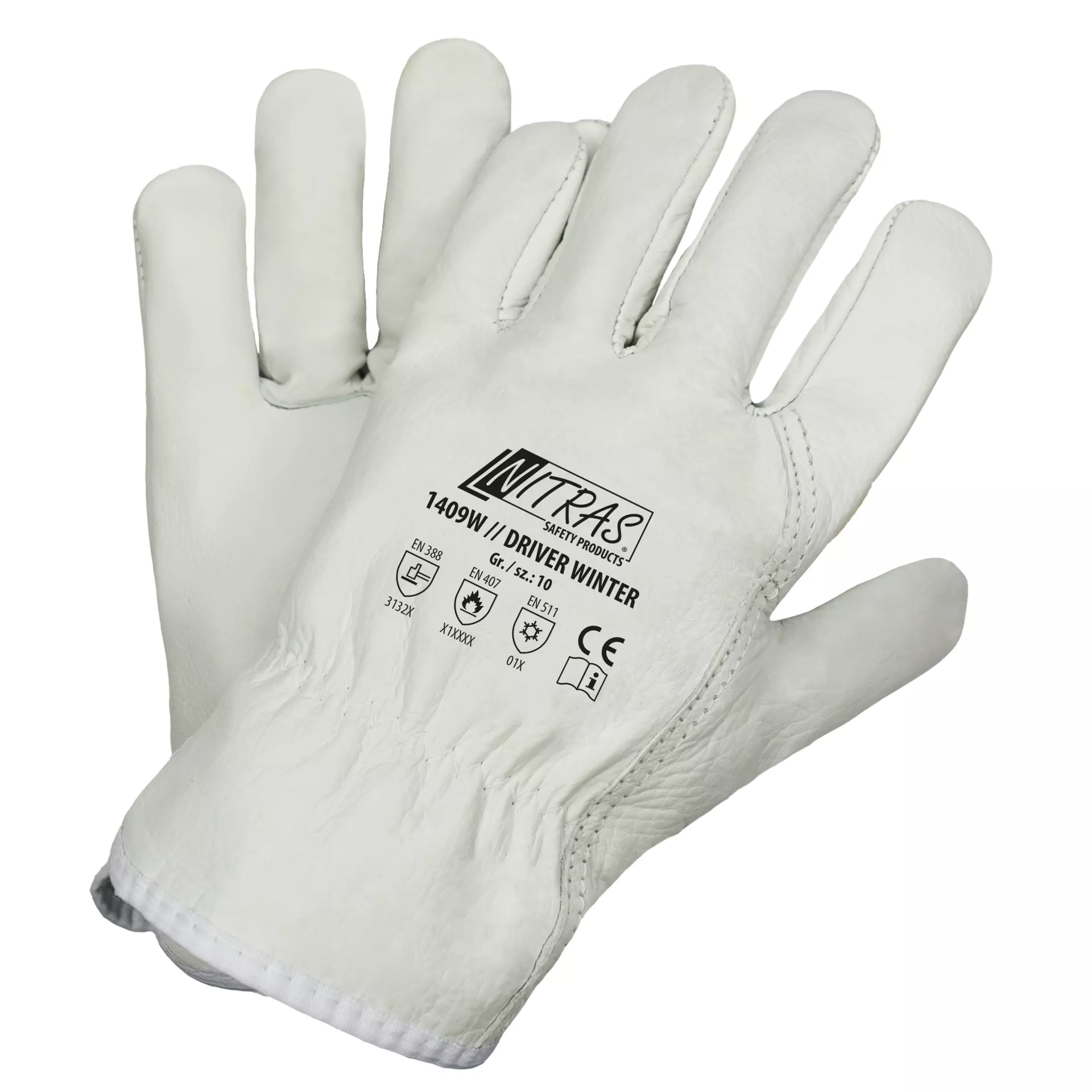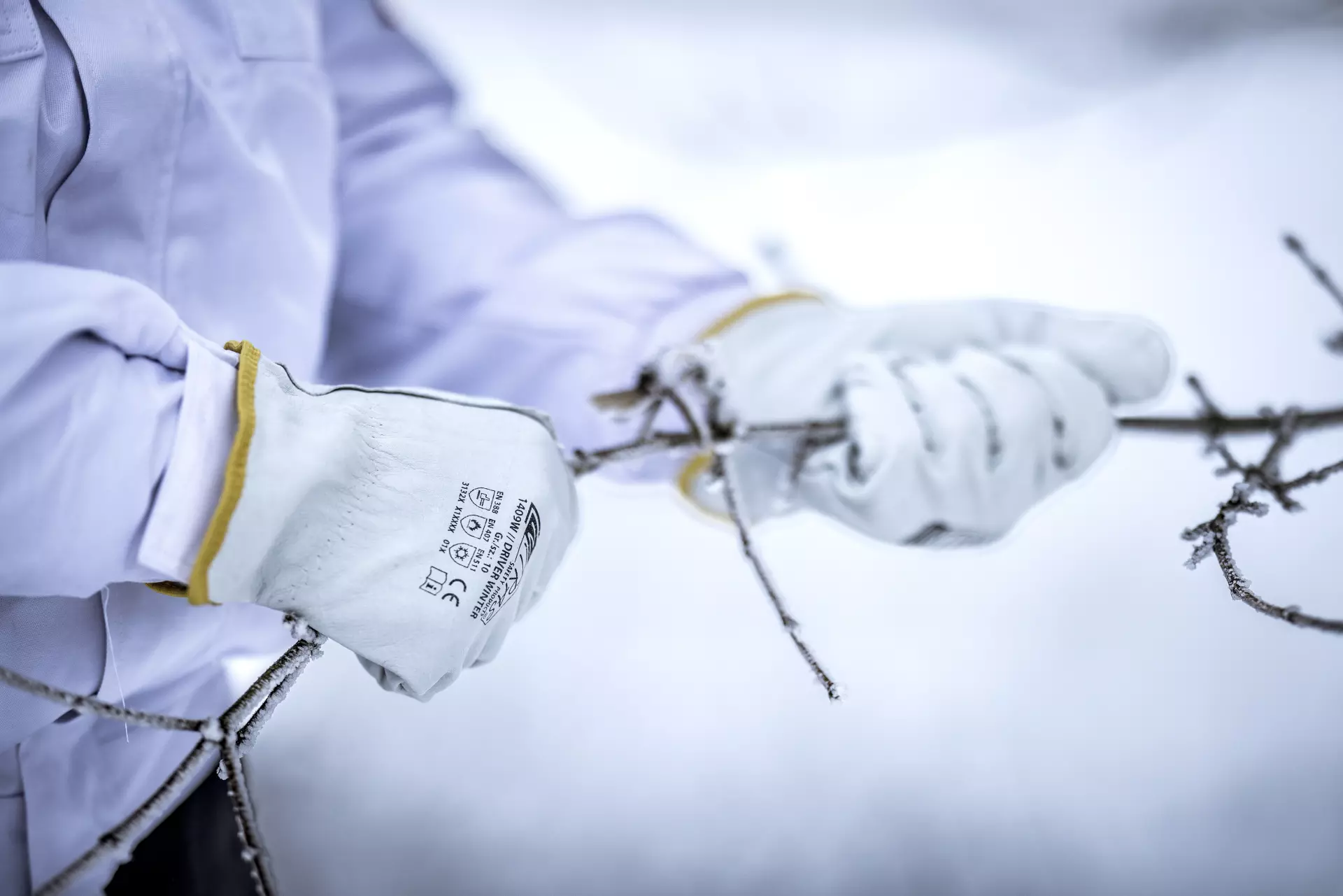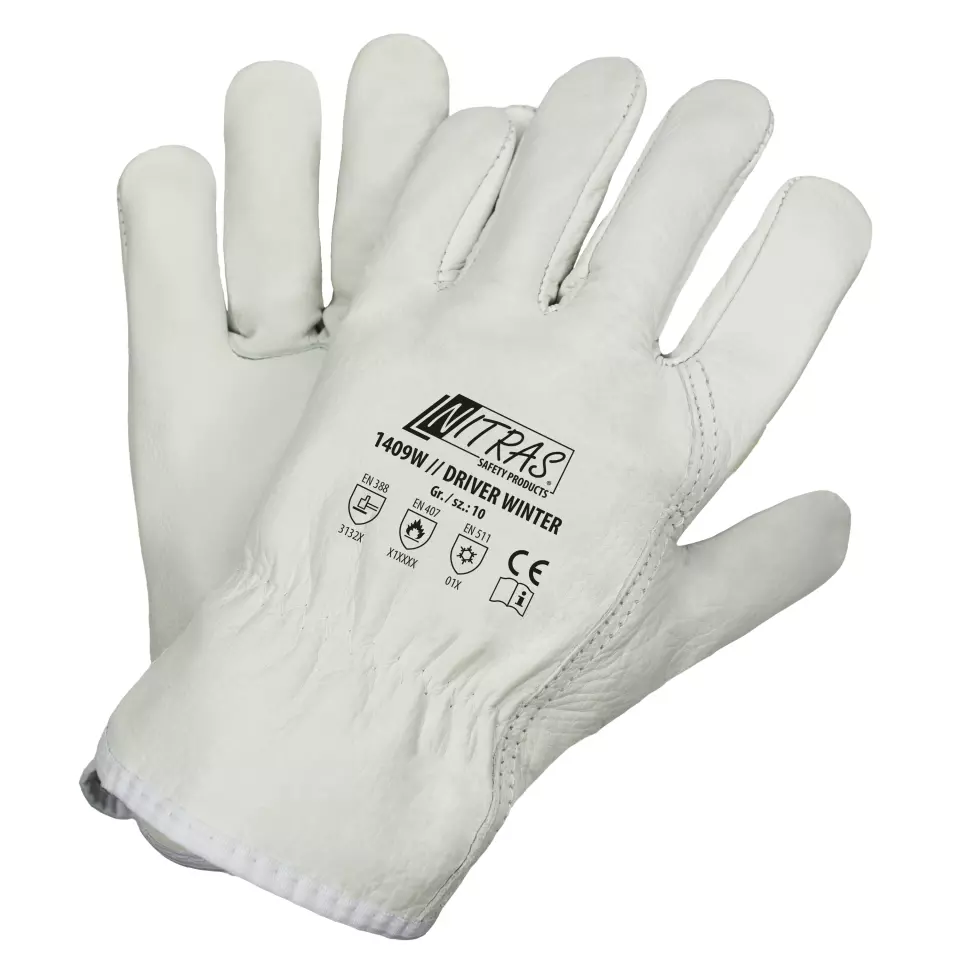

Features You'll Love

Cuff Style · Elastic
EN 388 · Abrasion Resistance Level 3
EN 407 · Heat Convection Level X, Burning Behaviour Level X, Heat Contact Level 1
Determines how the glove secures around the wrist, affecting fit, protection from debris, and ease of putting gloves on and taking them off.
Provides good resistance against scraping, scratching, and rubbing on rough or abrasive surfaces.
This product was not tested for protection against convective heat, which is the transfer of heat through moving air, such as from a flame. Therefore, it has no claimed performance level for this specific thermal risk.
This product has not been tested for its performance when exposed to an open flame. It is not rated for fire resistance and should not be used for protection against direct contact with flames.
Provides protection when briefly touching hot objects. Certified for contact with surfaces up to 100°C for at least 15 seconds, offering short-term protection against burns from items like hot cookware or machinery parts.

EN 388 · Puncture Resistance Level 2
Withstands moderate force from sharp objects like heavy-duty splinters or wires.
Nitras
DRIVER WINTER Cow Grain Leather Gloves, Grey, 12 pairs
DRIVER WINTER Cow Grain Leather Gloves, Grey, 12 pairs
5 / 5
61,09 €
Price per 12 pairs
5,09 € / pair
Choose size
Free delivery
Features You'll Love

Cuff Style · Elastic
EN 388 · Abrasion Resistance Level 3
EN 407 · Heat Convection Level X, Burning Behaviour Level X, Heat Contact Level 1
Determines how the glove secures around the wrist, affecting fit, protection from debris, and ease of putting gloves on and taking them off.
Provides good resistance against scraping, scratching, and rubbing on rough or abrasive surfaces.
This product was not tested for protection against convective heat, which is the transfer of heat through moving air, such as from a flame. Therefore, it has no claimed performance level for this specific thermal risk.
This product has not been tested for its performance when exposed to an open flame. It is not rated for fire resistance and should not be used for protection against direct contact with flames.
Provides protection when briefly touching hot objects. Certified for contact with surfaces up to 100°C for at least 15 seconds, offering short-term protection against burns from items like hot cookware or machinery parts.

EN 388 · Puncture Resistance Level 2
Withstands moderate force from sharp objects like heavy-duty splinters or wires.
Product description
Professional winter work gloves featuring premium cow grain leather construction with comprehensive thermal protection. These gloves combine superior dexterity with protective features including contact heat resistance up to 100°C for 15 seconds. The ergonomic design includes a wing thumb configuration and elastic at the back of the hand for enhanced comfort and flexibility during extended use.
Product Features:
- Full winter lining throughout glove and cuff
- Wing thumb design for improved mobility
- Elastic at back of hand for secure fit
- Contact heat protection (100°C for 15 seconds)
- Maximum dexterity rating (Level 5)
Technical Details:
- All-leather construction throughout
- Premium grade cow grain leather
- Ergonomic large style design
Standards:
- EN 388:2016 (3132X)
—Level 3 Abrasion resistance
—Level 1 Cut resistance
—Level 3 Tear resistance
—Level 2 Puncture resistance
- EN 407:2004 (X1XXXX)
- EN 511:2016 (01X)